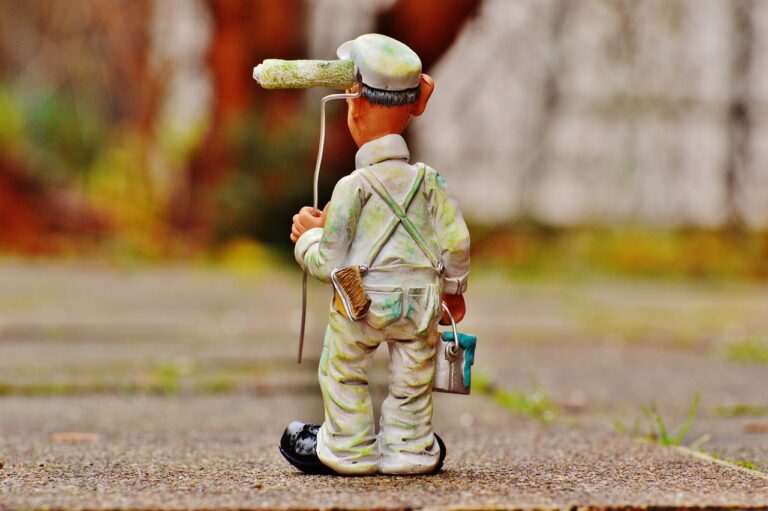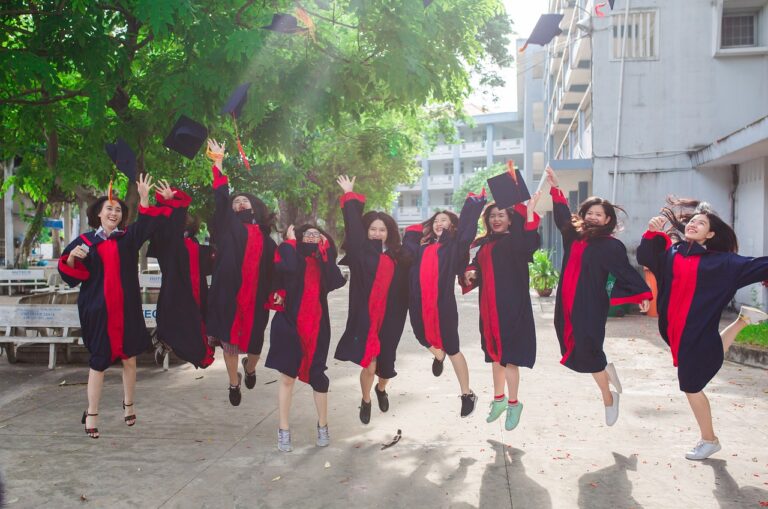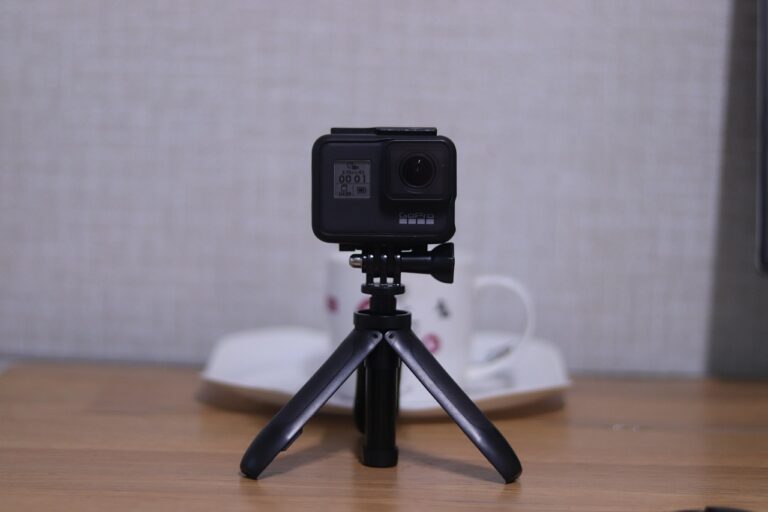Sound Editing for Virtual Events: Creating Immersive Experiences: 11xplay online, Indiabet24, Skyfairvip
11xplay online, indiabet24, skyfairvip: Sound editing plays a crucial role in creating immersive experiences for virtual events. From webinars and online conferences to virtual concerts and product launches, the quality of sound can greatly impact the overall experience for participants. By paying attention to sound editing, event organizers can enhance the engagement and enjoyment of attendees, making the virtual event more captivating and memorable.
Sound editing for virtual events involves a range of techniques and tools to ensure that the audio quality is clear, balanced, and impactful. Let’s explore some key aspects of sound editing for virtual events and how it can help create immersive experiences for participants.
1. Choosing the Right Equipment
The first step in sound editing for virtual events is to choose the right equipment. This includes microphones, headphones, audio interfaces, and software tools for editing and mixing audio. Investing in high-quality equipment can make a significant difference in the sound quality of your virtual event.
2. Setting Up the Sound Environment
Creating an optimal sound environment is essential for ensuring that the audio quality is clear and free from distractions. This includes choosing a quiet location for recording or broadcasting, reducing background noise, and using acoustic treatments to improve sound clarity.
3. Editing and Mixing Audio
Sound editing involves tasks such as adjusting volume levels, removing noise, equalizing frequencies, and adding effects to enhance the audio quality. Mixing audio involves combining multiple tracks to create a balanced and cohesive sound experience for participants.
4. Adding Sound Effects
Sound effects can enhance the immersive experience of virtual events by creating a sense of realism and engagement. Adding sound effects such as applause, background music, or ambient sounds can help set the mood and tone of the event.
5. Testing and Rehearsing
Before the virtual event, it’s essential to test and rehearse the sound setup to ensure that everything is working correctly. This includes checking audio levels, making adjustments as needed, and troubleshooting any technical issues that may arise.
6. Engaging with Participants
During the virtual event, sound editing can help engage participants by creating interactive and dynamic audio experiences. This can include incorporating live audio elements, interactive sound effects, and real-time mixing to keep participants engaged and entertained.
Overall, sound editing is a critical aspect of creating immersive experiences for virtual events. By paying attention to sound quality, choosing the right equipment, setting up the sound environment, and using techniques to enhance audio quality, event organizers can create memorable and engaging experiences for participants.
FAQs
Q: What equipment is essential for sound editing for virtual events?
A: Essential equipment for sound editing includes microphones, headphones, audio interfaces, and software tools for editing and mixing audio.
Q: How can sound effects enhance virtual events?
A: Sound effects can enhance virtual events by creating a sense of realism, engagement, and interactivity for participants.
Q: Why is sound editing important for virtual events?
A: Sound editing is important for virtual events as it helps create immersive experiences, engage participants, and enhance the overall quality of the event.







